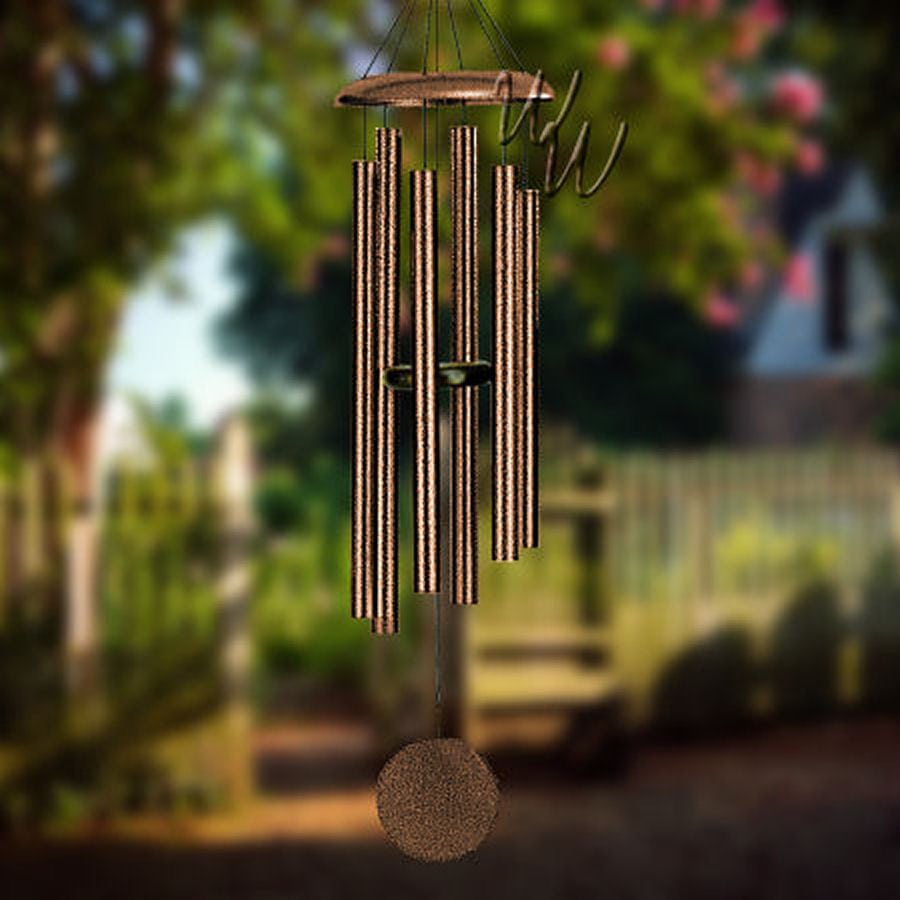Wind chimes have been around since ancient times, although throughout time, they have been used for different purposes. Nowadays, they are used all over the world, either for decorative purposes or for their musicality. However, wind chimes are also important elements of the Feng Shui culture, and they can have a strong positive effect on your life, if you use them properly. Keep on reading to discover how to use these musical decorations to attract positivity and well-being in your life.
Short history
According to numerous archeological discoveries, chimes have been around for over 5000 years. They originated in South East Asia, where they were used for warding off evil spirits or for keeping birds away from crops. They were mostly made from bone, bamboo, wood and even shells. Later on, when the Chinese started building bells, they also started to appreciate chimes for their musical properties. It was very common for Buddhists to hang hundreds of bells and chimes on their temples. Around the 1800s, the popularity of the chimes started spreading across the world, and they started being associated with balance and serenity.
Feng Shui uses
In the Feng Shui philosophy, chimes are often used as a remedy to balance the energy in various spaces, to cure or to energize. When used properly, they can help you attract anything your heart desires, from love to luck or even fame. However, what you attract depends on what type of chime you use, and whether or not you use it properly. The quality of the rods also affects their power. For the best results, we recommend the wood stock windchimes from darngoodyarn.com as they are designed to create an ideal balance between nature and mathematical proportions.
Understanding the different types of chimes
If you go to a specific shop, you can find a wide variety of chimes to choose from. They differ based on their shape, the number of rods that they have, the material from which they are made of and so on. Each type of chime has unique properties, and it needs to be used in a specific way in order to work. Take a look at the following characteristics to learn the proper way to use each type of chime.
- Materials: metal, wooden, ceramic/glass. The material is the main factor that dictates a chime’s properties, and it also dictates how to use the chime. The metal ones should be placed either in the north, in the north-west or in the west. The wooden ones or the ones made from bamboo should be placed in the south, in the east or in the south-east. Last but not least, the ceramic or the glass ones should be placed in the north-east or the south-west.
- Density: hollow vs solid. The density of the rods affects how they impact the surrounding chi. Hollow rods lift chi so they can be used to energize an area, whereas solid rods press down chi.
- Number of rods. This factor is essential for what you want to achieve with the chime and where you should place it. In the north, you should use 6 rods. In the NE or the SW, you should use two, five or eight rods. In the east, you should use three rods. In the south, you should use 9 rods, and in the west, you should seven or six rods.
Where to place them
Where you place the chime depends on its materials and the number of rods that it gas, since some materials resonate better with certain areas, and each cardinal point resonates better with certain numbers. However, the placement also affects the area that you want to influence.
- North – This cardinal point resonates best with career and other wealth and growth opportunities.
- NE/SW – These directions are best used for relationships, for personal development or for education.
- East – This cardinal point represents family relationships, but also health and an overall well-being.
- SE – Chimes placed in the SE can usually attract wealth
- South – This cardinal point reflects recognition and fame.
- West – Chimes placed in this direction attract creativity, but they can also be used in matters related to children.





